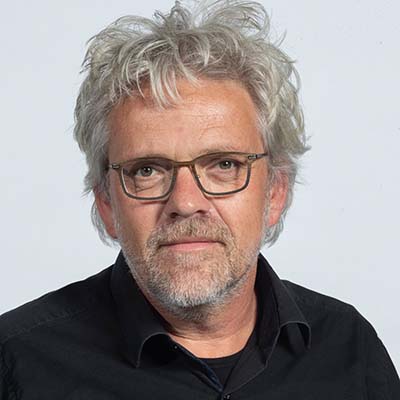About our research group/lab
Our research
Herpesvirus pathogenesis
Herpes virus-specific immune responses are commonly beneficial (control of latent HSV-1, VZV and SVV in sensory neurons), but can also cause sight-threatening diseases (uveitis and keratitis; HSV-1 and VZV), life-threatening encephalitis (HSV-1 and VZV) or potentially Alzheimer’s disease (HSV-1) and Multiple Sclerosis (EBV). The aim of this research line is to elucidate the neurotopic virus-host factors involved in immune control and pathogenesis in their natural host. Visit our herpeslab website.
Models for neuro-invasive disease in humans and animals
The aim of this research line is to develop more appropriate animal models and novel human in vitro CNS/PNS models, including human fetal and adult organotypic sensory ganglion and brain slice cultures, to elucidate the pathological attributes of both virus and host in viral CNS disease. Upon validation of the novel models by comparison with affected nervous tissues of patients with virus-induced CNS disease, they will be used as pre-clinical models to test the efficacy and safety of promising novel antiviral and neuroprotective therapies.
Immunopathogenesis of rabies virus
Post-mortem findings in rabies have demonstrated a profound lack of B cell activation in both humans and animals. A protective immune response is not being mounted, although there is an early exposure of innate immune cells to the virus at the site of infection. This research aims to structurally unravel the mechanism behind this defective immune response, focusing on a possible inhibitory effect triggered by innate immune cells at the site of infection.
Our team
Principal Investigators
-

Dr. G. M. G. M. (Georges) Verjans
Associate Professor
-

Dr. D. A. J. (Debby) van Riel
Associate Professor
-

Dr. R. L. (Rik) de Swart
Associate Professor
-

Dr. B.H.G. (Barry) Rockx
Assistant Professor
-

T. (Thijs) Kuiken
Professor of Comparative Pathology
-

Dr. C.H. (Corine) Geurts van Kessel
